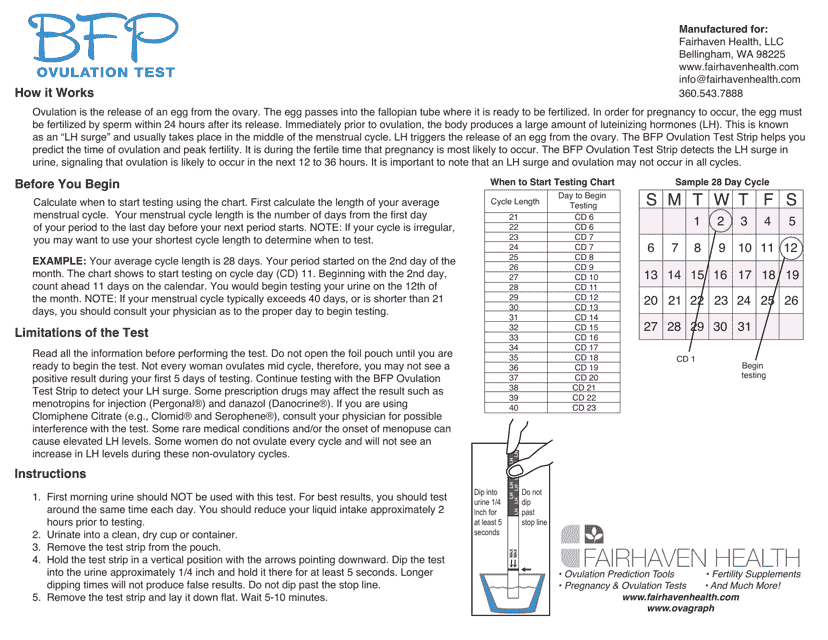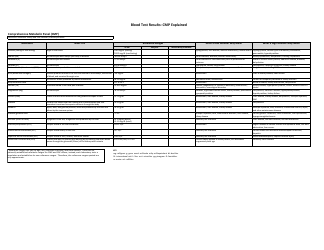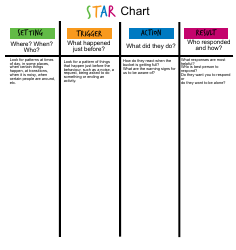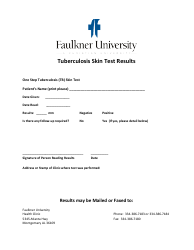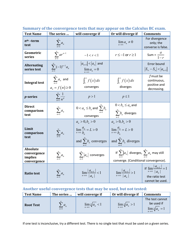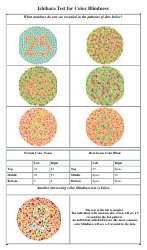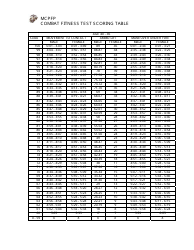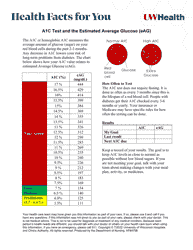Ovulation Test Result Chart
The Ovulation Test Result Chart is used to track and monitor a woman's ovulation cycle. It helps to identify the most fertile days for conception. By recording daily test results, women can determine when they are most likely to ovulate and increase their chances of getting pregnant.
FAQ
Q: What is an ovulation test?
A: An ovulation test is a tool used to predict when a woman is likely to ovulate.
Q: How does an ovulation test work?
A: An ovulation test detects the presence of luteinizing hormone (LH) in a woman's urine, which typically surges right before ovulation.
Q: Why would someone use an ovulation test?
A: Many women use ovulation tests to help them determine the best time to try to conceive a baby.
Q: How do I read an ovulation test result chart?
A: An ovulation test result chart typically displays the intensity of the test line, with a darker line indicating a higher level of LH and a higher likelihood of ovulation.
Q: What does a positive ovulation test result look like?
A: A positive ovulation test result occurs when the test line is as dark as or darker than the control line, indicating a surge in LH and the imminent release of an egg.
Q: How accurate are ovulation tests?
A: Ovulation tests are generally quite accurate, but it's important to follow the instructions carefully to ensure the most accurate results.
Q: Can ovulation tests be used as a form of contraception?
A: No, ovulation tests should not be used as a form of contraception. They are designed to predict the best time to conceive, not to prevent pregnancy.
Q: Do ovulation tests work for everyone?
A: Ovulation tests may not work for everyone, especially women with irregular menstrual cycles or certain medical conditions. It's best to consult a healthcare professional if you have concerns about fertility.
